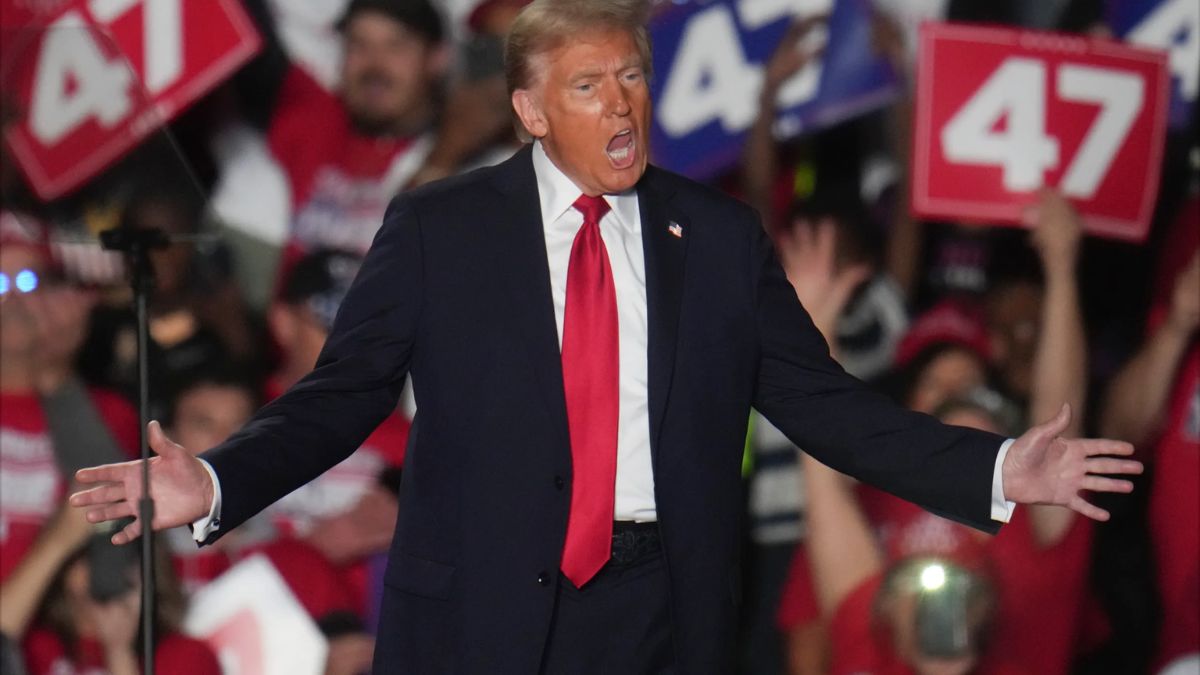
Delay Tariff Hike Deadline: In a development that would greatly upend the world’s trade and financial order, the White House has indicated that President Donald Trump might soon follow his administration’s last-minute lead and further extend a July 9 deadline to restore statistically unlikely but politically popular. At least among Trump’s base high tariffs on imports from America’s most economically important trading partners. What was initially conceived as a pressure deadline to speed up trade negotiations, the end date has created serious panic throughout global markets and investors are preparing for possible cascading impacts on inflation, supply chains, and central bank actions. As negotiations continue with our allies and our competitors behind the scenes, the potential for a delay provides a welcome moment to breathe. Uncertainty still hangs like a cloud over Wall Street, Main Street, and the nation’s trade corridors.
Trump May Delay Tariff Hike Deadline
Trump’s deadline would mean a deal is reached in about two weeks or never. On Wednesday, April 9, 2025 President Trump suspended reciprocal tariffs imposed on all other U.S. trading partners, establishing July 9 as a “negotiation window” deadline. After this post‑window period, much steeper “Liberation Day” tariffs (of 10–50 %) would automatically be applied.
In addition to the argument that idea was too ambitious technocratically at the time, there’s another reason to think that that idea wouldn’t have flown.
White House signals support for flexibility.
Spokeswoman Karoline Leavitt and CEA chair Stephen Miran both assured that the July 9 deadline is not “a hard deadline” and that an extension is allowed for countries showing “good‑faith” negotiation intentions.
Strategic rationale & political narrative
The apocalyptic deadline becomes a Congress-critique negotiating hammer. Rolling it for compliant countries keeps the leverage, but gives diplomacy room to breathe.
Miran stressed that the intention is to protect U.S. exporters, such as in agriculture and manufacturing sectors, but still provide tariff relief for those who play by the rules.
Trump’s Ceasefire Impact On Global and Indian Market Today
Regulatory, market, and investor appetite
Global equity markets continue to recover from last week’s selloff. European indexes including STOXX 600—gained (around +0.9 %) after easing U.S.-China trade tensions boosted optimism. U.S. equities enjoyed temporary respite when news of the global market’s reaction to the first tariff announcement in April.
Commodities & resource stocks jump. Copper & U.S. miners: Stocks like Freeport‑McMoRan (FCX) rallied, buoyed by expectations of tariffs on primary imports and pre‑tariff stockpiling .
Companies like MP Materials saw jumps after news about China’s export control and U.S. tariff retaliation.
Treasuries & dollar
Bonds won out in each past retaliatory announcement, but year-mid data suggest yields are jumping in expectation of stronger growth.
The dollar is extremely volatile. Just the other week, USD depreciation was the top projection from JPMorgan on account of slower growth.
JPMorgan’s most recent forecast sees U.S. GDP growth slowing to just over 1.3 % by 2025, with a greater than 40 % risk of a recession by H2, largely on the back of stickier inflation and lessened foreign demand for Treasuries.
Tariff-driven cost pressures would make it harder for the Fed to cut rates anytime soon. Expectations of rate cuts in late 2025 are getting pushed back.
Higher, average tariffs estimated at 20–25%—endanger prosperity and exacerbate inflation. Their recommendation: tactically embrace equity risk while raising allocations to short-term Treasuries and gold.
Key takeaways for stakeholders
1. Through moderated uncertainty Extensions signal that diplomacy is in charge for now. The ambiguity over deadlines continues to inject volatility into the markets.
2. Watch the commodity plays Tariff-sensitive sectors materials, metals. They will be first out front on next rallies or corrections.
3. Monetary policy’s navigation through inflation data amid trade friction will shape markets.
4. Investors must be agile. Tactically nimble investors will want to be vigilant. Better to monitor ongoing negotiations, tariff extensions and central bank responses.
The White House’s willingness to consider moving its July 9 tariff deadline further underscores this dual-track approach between negotiations. It keeps the metabolic pressure of a tariff deadline while subtly offering to accommodate irrelevant timelines. This ambivalence has been received by markets largely with cautionary optimism, rewarding equities across the world and playing into commodities as an inflation hedge, though fears regarding growth and inflation remain evident. Investors should expect and prepare for continued volatility, including sector rotation within equities, commodity-weighted sectors, and fixed income to ride the positive and negative waves of trade.

